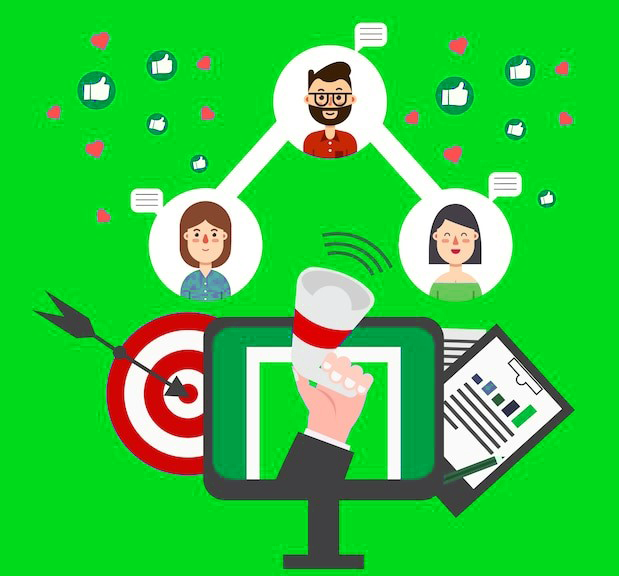Print Design Service
- Home
- Print Design Service
Are you want to reach your target audience online?
In today’s digital age, businesses constantly look for ways to reach their target audience online. However, print design services remain valuable for companies looking to create physical marketing materials that stand out in a crowded marketplace.


What Does a Print Designer Do?
A print designer makes designs for printing. They create designs for paper, fabric, and packaging. They ensure designs are beautiful, send the intended message, and are high-quality.
Why Would a Business Still Need Print Design Services?
In a world where digital marketing dominates, businesses may wonder if print design services are still relevant. However, there are still several reasons why a company would need print design services
Clarity
Unlike digital media, print materials such as brochures, flyers, business cards, and product packaging can be physically held, creating a tangible connection between the business and the consumer.
Branding
Print materials are an excellent way to establish and reinforce a brand's identity. Consistent branding across all print materials can help create a strong brand image in the minds of consumers.
Targeted Marketing:
Print materials can be distributed to specific locations or demographics, making it easier to target a specific audience. For example, local businesses can distribute flyers in their target area to reach potential customers.
Increased Engagement
Print materials can be more engaging than digital media. Print materials such as magazines or product catalogs can keep customers engaged for longer, increasing the chance of a sale.
What Is the Print Design Process?
Consultation
The print design process typically begins with a consultation between the designer and the client.
Creative Process
After the consultation, the designer begins the creative process, which involves sketching ideas, selecting color schemes, and choosing typography.
Draft Design
The next step in the print design process is to create a design draft. This may be done using design software such as Adobe Photoshop or Illustrator. The draft will typically include all final design elements, including images, text, and other visual features in the printed materials.
Revision
Once the initial design is complete, the designer will work with the client to refine the design and make any necessary revisions. This may involve adjusting the colors or typography, rearranging the layout, or changing the images or text.
File Preparation
After finalizing the design, the designer prepares files for printing. The preparation process includes converting files to the correct format, ensuring the resolution is suitable for printing, and selecting appropriate color profiles.
Printing
The printer receives the prepared files. The printing process depends on the materials and printing method used. For instance, digital printing works for smaller quantities, while offset printing is ideal for larger runs.
The last step is Finishing. After the print is complete, the finished product may be sent for finishing, including cutting, folding, or binding. This step ensures that the final product is ready for distribution or use.


